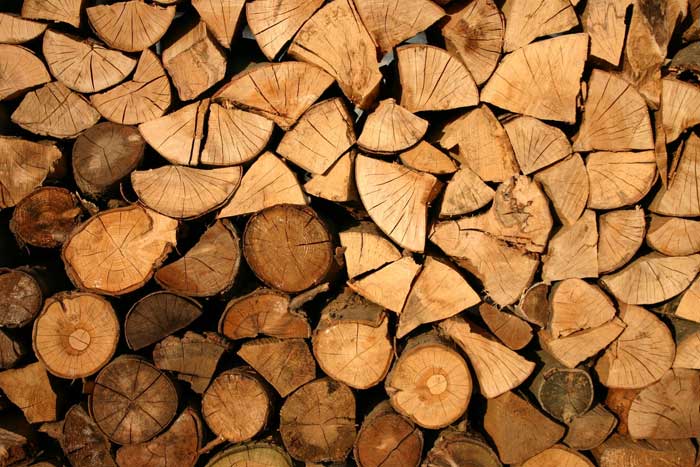Wood is a natural resource that has been used by humans since the beginning of time. It comes in many different types, each with its own unique set of characteristics. It is important for woodworkers and builders to understand the difference between these types of wood, in order to select the right one for the job. In this article, we will discuss the three main types of wood: softwoods, hardwoods, and engineering woods. We will also talk about how to use each type of wood correctly.

Softwoods
The history of softwoods dates back to the time of the dinosaurs. Softwoods have needles instead of leaves and are cone-bearing. Their cell walls are made of cellulose and lignin, which makes them soft and easy to work with. They are the most common type of wood used in construction and carpentry. They are typically less expensive than hardwoods, and they come from evergreen trees such as pine and spruce. They include pine, cedar, fir, and redwood. What sets softwoods apart from hardwoods is that they have a lower density, making them lighter and easier to work with. They are also more likely to warp or dent than hardwoods. However, softwoods are still strong and durable, and they can be used for a variety of applications. Most commonly, softwoods are used for framing, flooring, and paneling. It is best to use softwoods that have been kiln-dried, in order to prevent them from warping or shrinking. Use a sharp blade when cutting softwoods, and be sure to predrill holes before nailing or screwing into them. Keep in mind that softwoods are not as strong as hardwoods, so they should not be used for load-bearing applications.
Hardwoods
Hardwoods are denser and heavier than softwoods, and they come from deciduous trees such as oak and maple. Common hardwoods include oak, maple, cherry, walnut, and mahogany. Hardwoods are more expensive than softwoods, but they are also more durable. They are less likely to warp or dent, and they will last longer. Hardwoods are typically used for furniture, cabinets, and trim. When working with hardwoods, it is important to use sharp tools, in order to avoid chipping or splintering the wood. Remember to sand hardwoods before finishing, in order to create a smooth surface. It is best to use hardwoods that have been kiln-dried or air-dried, in order to prevent them from warping or shrinking. Try to avoid using hardwoods that have been pressure-treated, as they may contain harmful chemicals. However, if you do use pressure-treated hardwoods, be sure to wear gloves and a dust mask to protect yourself. What is important to remember about hardwoods is that they are very strong, so they can be used for load-bearing applications. As seen in this wood chessboard guide, there are many hardwoods to be used. They are also beautiful, so they can be used to create stunning pieces of furniture or cabinetry.
Engineering woods
Engineering woods are a type of man-made wood that is designed for specific applications. They are typically made from softwoods that have been glued together under pressure. Common engineering woods include plywood, particleboard, and oriented strand board. These woods are often used in construction, as they are strong and durable. However, they are not as aesthetically pleasing as hardwoods, and they are not meant for furniture or cabinets. When working with engineering woods, it is important to use the right tools and techniques, in order to avoid damaging the wood. Remember to sand these woods before finishing, in order to create a smooth surface. What you need to know about engineering woods is that they are strong and durable, but they are not as beautiful as hardwoods. They are best used for construction applications. What is important to remember about engineering woods is that they are man-made, so they are not as natural as hardwoods. However, they can be used for a variety of applications. For example, engineering woods can be used for flooring, paneling, and framing. If you are working with engineering woods, be sure to use the right tools and techniques, in order to avoid damaging the wood. Remember to sand these woods before finishing, in order to create a smooth surface.
Now that you understand the difference between types of wood, you can choose the right type for your project. Keep in mind that softwoods are best used for construction applications, while hardwoods are best used for furniture and cabinetry. Engineering woods are a type of man-made wood that is designed for specific applications. Choose the right type of wood for your project, and you will be sure to create a beautiful and long-lasting finished product. We hope this article was helpful in understanding the difference between types of wood. Thanks for reading!
